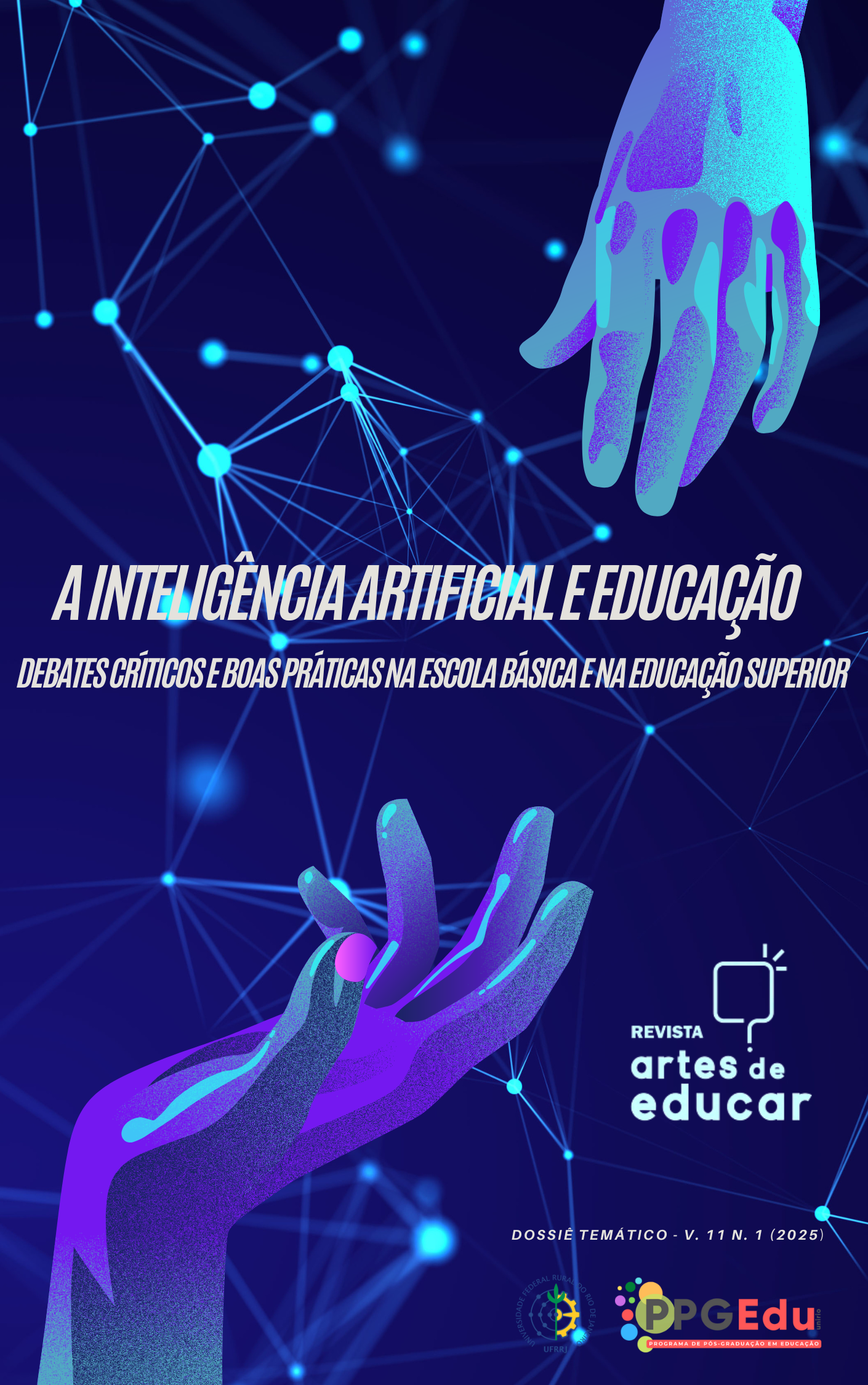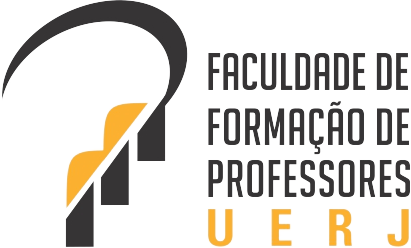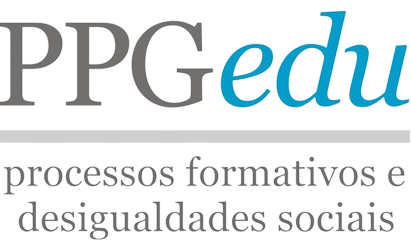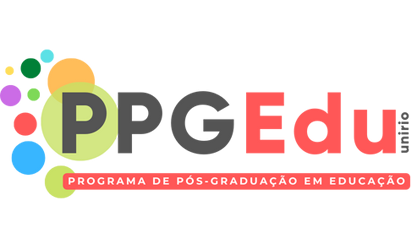ANÁLISE DAS DESCRIÇÕES DE IMAGENS GERADAS POR INTELIGÊNCIA ARTIFICIAL APLICADAS EM REDES SOCIAIS
DOI:
https://doi.org/10.12957/riae.2024.86501Resumo
A Inteligência Artificial (IA) está cada vez mais presente no nosso cotidiano. Com o uso frequente das redes sociais por pessoas com deficiência visual, plataformas como o Facebook e o Instagram começaram a utilizar a IA para gerar descrições automáticas de imagens para esse público. Entretanto, será que a IA consegue fornecer descrições satisfatórias que transmitam todas as informações contidas nas imagens publicadas nas redes sociais? Este trabalho tem como objetivo analisar as descrições de imagens geradas pela IA e as descrições humanas nas redes sociais Facebook e Instagram, a partir da perspectiva dos usuários com cegueira. Para avaliar a eficácia desse recurso, foi realizado um teste de amostragem com sete partícipes legalmente cegos ou com baixa visão, utilizando entrevistas e testes nas duas redes sociais. Os resultados da pesquisa indicaram que as descrições geradas pela IA foram sucintas e não alcançaram todos os detalhes das imagens testadas se comparadas às descrições realizadas por humanos. Os dados obtidos mostraram que, embora as descrições sucintas fornecidas pela IA sejam mais úteis do que a ausência de qualquer descrição, a Inteligência Artificial desempenhou um papel significativo na conexão de mais usuários cegos nas redes sociais. No entanto, é necessário um aprimoramento contínuo para promover uma inclusão mais eficaz para todos os usuários.
Downloads
Publicado
Como Citar
Edição
Seção
Licença
Copyright (c) 2025 Lázaro de Souza SIlva, Juniro Formiga Gonçalves de Almeida, Cláudia Paranhos de Jesus Portela

Este trabalho está licenciado sob uma licença Creative Commons Attribution-NonCommercial 4.0 International License.
Os autores mantêm os direitos autorais dos seus trabalhos, têm permissão para publicar e distribuir seu trabalho online (ex.: em repositórios institucionais ou na sua página pessoal) a qualquer ponto antes ou durante o processo editorial, já que isso pode gerar alterações produtivas, bem como aumentar o impacto e a citação do trabalho publicado.
A aceitação do texto implica na autorização e exclusividade da Revista Interinstitucional Artes de Educar acerca do direito de primeira publicação, os trabalhos publicados estão simultaneamente licenciados com uma licença Creative Commons Atribuição-Não Comercial 4.0 Internacional 























